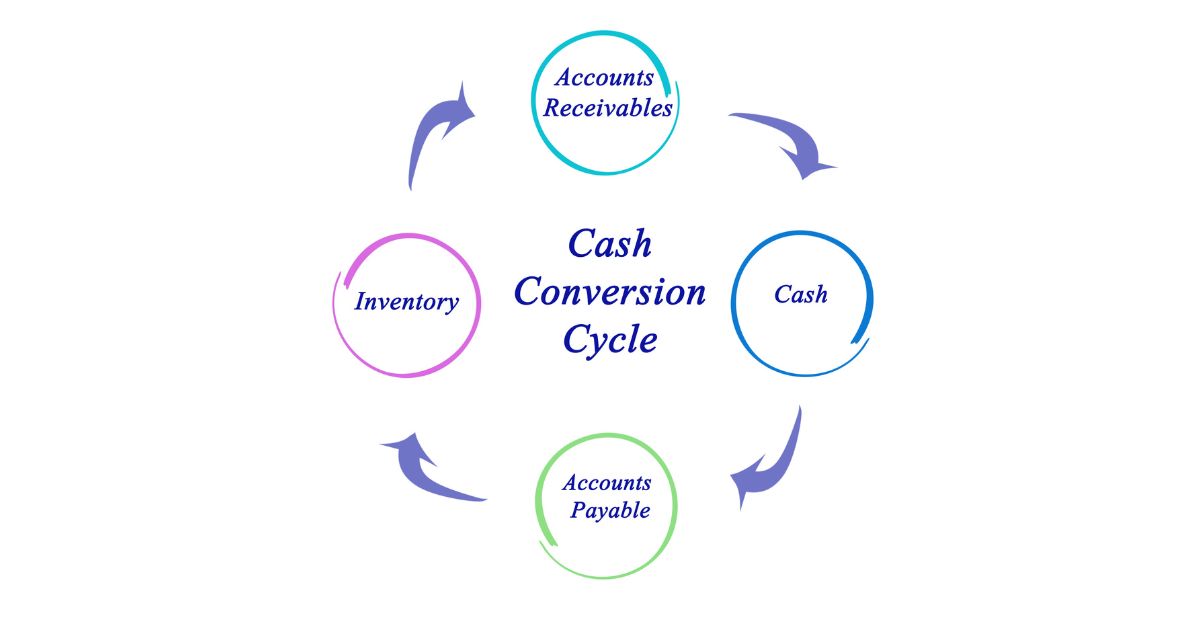
Cash is the lifeblood of every business. Can you imagine a world where your employees go home, your vendors stop working with you, or the lights get turned off?
Unfortunately, this happens to “good” businesses all the time, and it’s why improving your cash conversion cycle is so important.
You could dramatically increase sales, but if your cash conversion cycle isn’t up to par, you’ll constantly be scrambling for funds. Worse yet, you could be wildly profitable on paper and still end up filing for bankruptcy.
The bottom line? This is an issue that business owners can’t afford to take lightly during their quest for growth. Increasing sales is the key to growth, but improving the cash conversion cycle is the key to survival.
How to Improve Your Cash Conversion Cycle (16 Tips)
Ready to boost sales without compromising your business’s cash position? Here are 16 practical ways to help money hit your bank account faster and stay there longer:
1. Speed Up Your Sales Cycle
Create an automated sales funnel. Far too many businesses lack processes for attracting high-quality leads, converting them into paying customers, and upselling or cross-selling additional products and services.
2. Plan the Next Sale Shortly After Delivery
Ask yourself, what else do my customers need that I can offer? Remember, your current customers are the easiest people to sell to, as they already know, like, and trust you.
3. Create Recurring Revenue Streams
Nothing improves cash flow quite like dependable income. By implementing programs and subscription services that require automatic monthly payments, you can generate more consistent income for your business.
4. Launch a Referral Program
Your current customers are the easiest people to sell to, but the next easiest people to sell to are those who know, like, and trust those customers. Create a program that incentivizes more high-quality referrals!
5. Fast-Track Production
You can achieve this by finetuning your systems and processes across the board. Brainstorm with your team about ways to speed up the production cycle without cutting corners.
6. Deliver Your Products and Services Faster
Don’t allow new projects to hold up your older projects. Every day that the work remains incomplete is another day you’re unable to invoice.
7. Collect Your Receivables Faster
If you only receive payments after submitting invoices, make sure you send them promptly to remove any barriers between you and your customer’s payment.
8. Offer Customers a Prepayment Option
Even if it’s not the norm for your industry, consider requiring a deposit to secure your services. This immediately injects your business with cash and reduces the risk of a flaky customer.
9. Implement Progress Payments for Large Projects
If you’re committing a significant amount of time to one customer, it’s reasonable for you to request progress payments as the work gets completed.
10. Track Down Your Receivables
When all else fails, stay on top of your invoices and remind customers about their balance due. Remember, you haven’t made a sale until the money is in the bank!
11. Offer Discounts or Other Incentives for On-Time Payments
While I don’t typically recommend discounting your products or services, this can be a last resort when you’re unable to secure a loan or line of credit.
12. Sell Off Your Invoices (Wisely)
If you need to sell invoices to bring in cash, make sure you’re being responsible with the money, paying your bills and vendors on time. Otherwise, you could find yourself in an even larger deficit.
13. Take Out a Line of Credit
Even if you don’t need it today, you may need a line of credit down the road. Don’t wait for your cash to dry up before applying for one!
14. Control Your Money Going Out
Reviewing your systems, processes, and staffing frequently allows you to cut waste and keep your expenses low in times of crisis.
15. Be Upfront with Your Vendors
As soon as you detect a potential cash flow problem, let your vendors know so that they can plan accordingly. Vendors would much rather work with you than be left in the dark.
16. Shop for Better Vendor Pricing Regularly
It’s more comfortable to stay with vendors you know, but higher pricing could be contributing to your cash flow problems. If nothing else, negotiate better rates or terms with your current vendors.